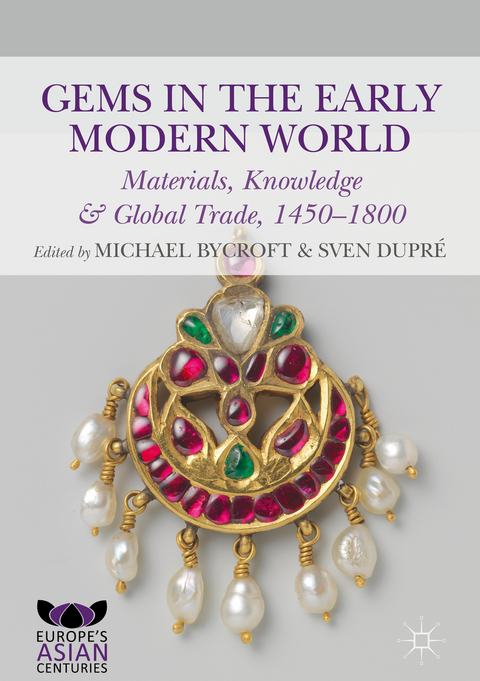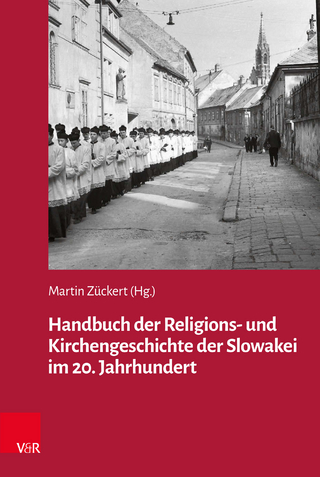
Gems in the Early Modern World
Springer International Publishing (Verlag)
978-3-319-96378-5 (ISBN)
Michael Bycroft is Assistant Professor of the History of Science and Technology at the University of Warwick, UK. He completed his PhD in the History and Philosophy of Science at the University of Cambridge in 2013, and has since held fellowships at the Max Planck Institute for the History of Science and the University of Warwick. He specialises in the physical sciences in early modern Europe, and is writing a monograph on the role of precious stones in the scientific revolution. Sven Dupré is Professor of History of Art, Science and Technology at Utrecht University and the University of Amsterdam, The Netherlands. He directs ARTECHNE, an interdisciplinary project on technique in the arts, supported by the European Research Council. Previously he was a Professor of History of Knowledge at the Freie Universität in Berlin.
1. Introduction; Michael Bycroft and Sven Dupré.- Part I. Motion.- 2. The Plundering of the Ceylonese Royal Treasury, 1551-53: its Character, Cost and Dispersal; Hugo Miguel Crespo.- 3. Diamond-studded Paths: Lines of Communication and the Trading Network of the Hellemans Family, Jewellers from Antwerp; Christina M. Anderson.- 4. The Impact of European Trade with Southeast Asia on the Mineralogical Studies of Robert Boyle; Claire Sabel.- Part II. Value.- 5. Branches and Bones: The Transformative Matter of Coral in Ming Dynasty China; Anna Grasskamp.- 6. Boethius de Boodt and Emergence of the Oriental/Occidental Distinction in European Mineralogy; Michael Bycroft.- 7. Good and Bad Diamonds in Seventeenth-century Europe; Marcia Pointon.- 8. The Repudiation and Persistence of Lapidary Medicine in Eighteenth-century Dutch Medicine and Pharmacy; Marieke Hendriksen.- Part III. Skills.- 9. Polito et Claro. The Art and Knowledge of Polishing, 1200-1500; Marjolijn Bol.- 10. Mughal Lapidariesand the Inherited Modes of Production; Taylor L. Viens.- 11. Knowledge, Technique, and Taste in Transit: Diamond Polishing in Europe, 1500-1800; Karin Hofmeester.- 12. Gems and Counterfeited Gems in Early Modern Antwerp: from Workshops to Collections; Marlise Rijks.
| Erscheinungsdatum | 22.11.2018 |
|---|---|
| Reihe/Serie | Europe's Asian Centuries |
| Zusatzinfo | XVII, 359 p. 48 illus., 35 illus. in color. |
| Verlagsort | Cham |
| Sprache | englisch |
| Maße | 148 x 210 mm |
| Gewicht | 765 g |
| Themenwelt | Geisteswissenschaften ► Geschichte ► Allgemeines / Lexika |
| Geisteswissenschaften ► Geschichte ► Allgemeine Geschichte | |
| Schlagworte | Artisan • Commerce • consumption • Europe • Gemstone • history of medicine • History of Science • India • Industry • Knowledge Transfer • material culture • New World • South East Asia • Technology • Trade • transnational |
| ISBN-10 | 3-319-96378-3 / 3319963783 |
| ISBN-13 | 978-3-319-96378-5 / 9783319963785 |
| Zustand | Neuware |
| Haben Sie eine Frage zum Produkt? |
aus dem Bereich


